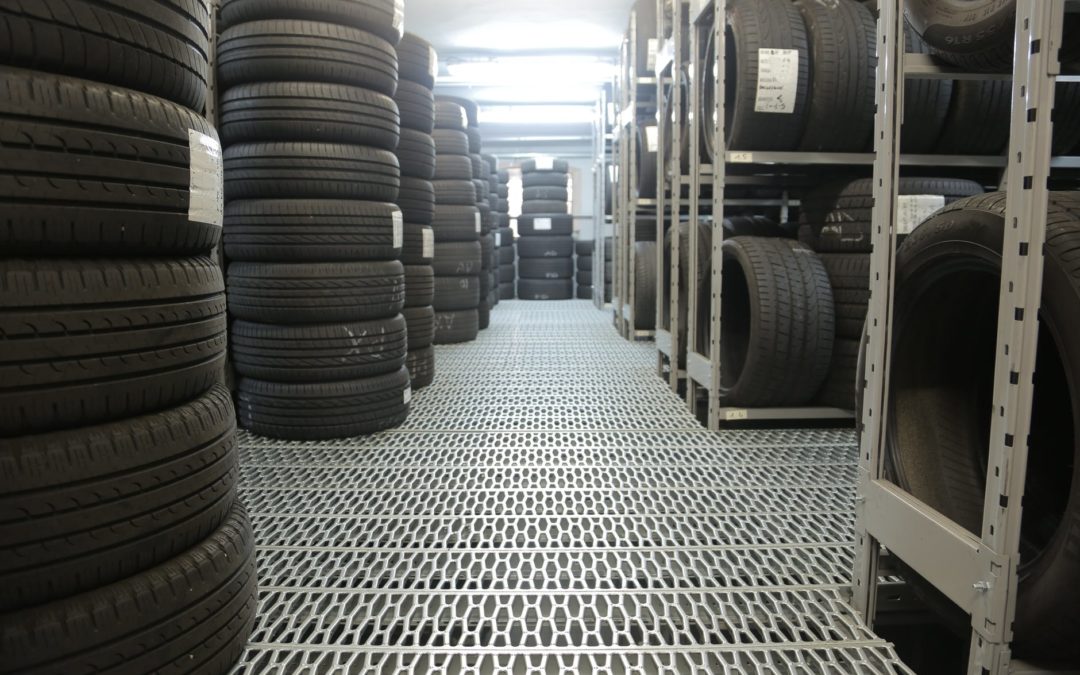There’s a difference between choosing tires and choosing the right tires. We know not everyone cares as much as we do about tires, so we’re here to lend a hand! Here’s everything you need to know about how to choose tires, starting with determining your tire size, deciding on a tire type, and identifying the qualities you care about most in a tire.
Fall is the best time of the year to buy new tires. If you’re not sure if you need new tires, you can always look up and check for yourself if your car needs a new set. Old set of tires might be hazardous to you and to your family later on. As such unforeseen incidents, you can always call for help to tow your car. GTG Towing Company is one of the best towing companies serving in Brunswick GA that will assist you if you encounter accidents and unexpected circumstances.
But there’s nothing wrong about getting a new set of tires as well that will last and can make you safe on the road while you travel. Below are some tips you can follow in choosing the right tire for your car.
Determine Your Size
The first thing you’ll need to determine is the tire size (or diameter) you need. Tires come in all different diameters, from 13 inches all the way to 22 inches. So, how do you find out which size your vehicle needs?
One way to find your tire diameter is by checking the information placard on the inside of the driver’s side door. This will tell you the wheel diameter for your specific vehicle.
Choose Your Tire Type
Once you’ve figured out the size you need, it’s time to figure out what type of tire you need—and there are a lot! This is often when drivers can feel stuck, especially when learning how to choose tires for the first time.
Tire types include all-season, winter, high performance, summer, and more. Here’s a quick explanation of each so you can determine what works best for your location and lifestyle. Most of these tire types can be found for a range of vehicles including cars, trucks, minivans, SUVs, and crossovers.
- All Season Tires
All-season tires are created for exactly what the name implies… all seasons! They’re engineered for a smooth, quiet ride, fuel efficiency, and good tread life. However, because all-season tires are created to handle every season, they’re a compromise and don’t do well in extreme weather. They’re great for drivers who live in places with mild winters, but they can’t handle serious ice, snow, and sub-zero temperatures.
- Winter/Snow Tires
Winter tires are great for the winter extremes that all-season tires can’t handle. They’re created from special rubber that doesn’t stiffen in freezing temperatures, and they provide exceptional traction for winter-y road conditions like ice, slush, and snow. If you live somewhere with brutal winters, you’ll need winter tires.
- Performance Tires
High-performance tires are created for drivers who really care about speed and performance. These tires harness every ounce of your engine’s horsepower and grip the road like race tires, but they also have reduced tread wear ratings and typically don’t last as long as other types of tires. You’ll often see high-performance tires on sports cars.
- Summer Tires
Often, “regular” tires are called “summer” tires. Basically, a summer tire can handle three seasons out of the year—don’t try to drive on these in cold weather or snow. Summer tires provide excellent damp-road traction, so they’re perfect for spring showers and summer thunderstorms. However, their soft rubber hardens when the temperature dips below freezing, making them insufficient for winter driving.
- All-terrain Tires
If you enjoy taking your vehicle off the beaten path, all-terrain tires may be your perfect match. These tires are created to tackle all surfaces, from mud to sand to rocks—and they look heavy-duty too. These tires can certainly handle the beaten path as well! Take these bad boys on normal roads and highways and you’ll experience the comfort and handling of everyday “on-road” tires.
- Touring Tires
Touring tires are premium tires engineered for drivers who value smooth, comfortable driving and superior handling. They offer reliability, a long tread life, and minimum noise. Most touring tires are all-season and can handle the typical wet and dry conditions, but they cannot handle snow, freezing temperatures, and other extreme weather conditions.
- Mud-terrain Tires
Mud-terrain tires can handle soft surfaces, like deep mud and sand, better than any other tire. Consider mud-terrain tires a more aggressive variation on all-terrain tires! The deep, rugged tread pattern helps your vehicle get solid traction on the least solid terrains. Their intense design is perfect for off-roading, but won’t be quite as smooth, silent, or comfortable on normal roads.
- Spare Tires
For spares, you have the option to get a full-size or compact tire. A full-size tire is simply the fifth tire for your car. Pop it on your car when one of your tires falls and you’re relatively good to go for the long-term. A compact tire is a temporary fix. It will take up less room in your car than a full-size tire, but it can’t handle high speeds or sub-optimal road conditions. A compact spare will get you to the auto shop so you can get a new tire, and that’s about it.

